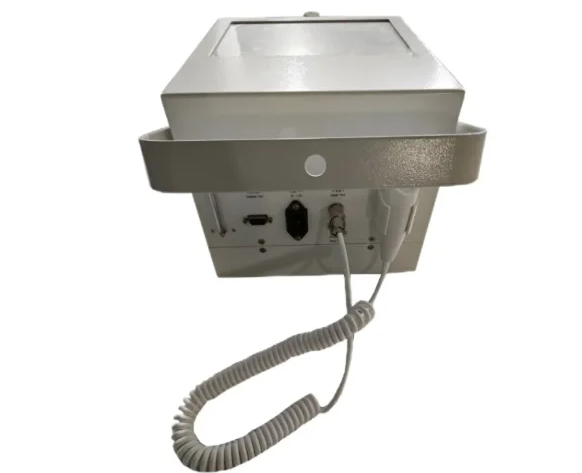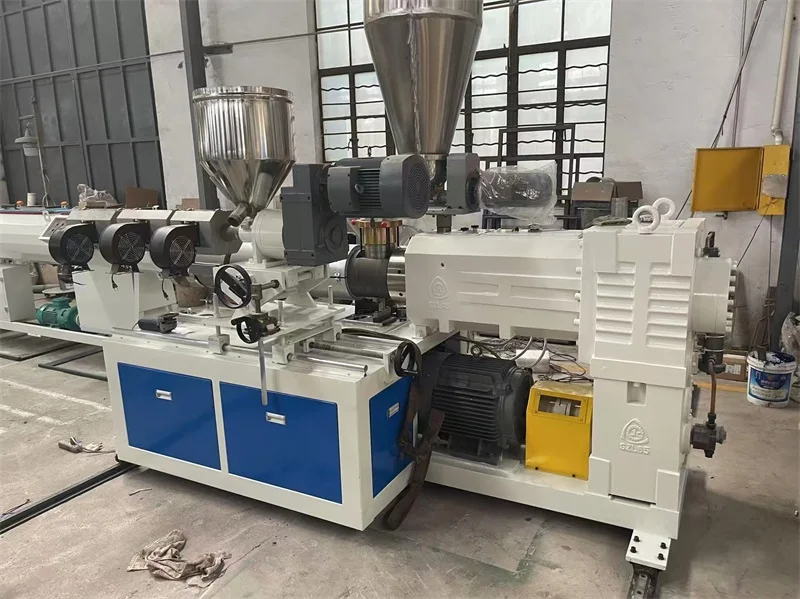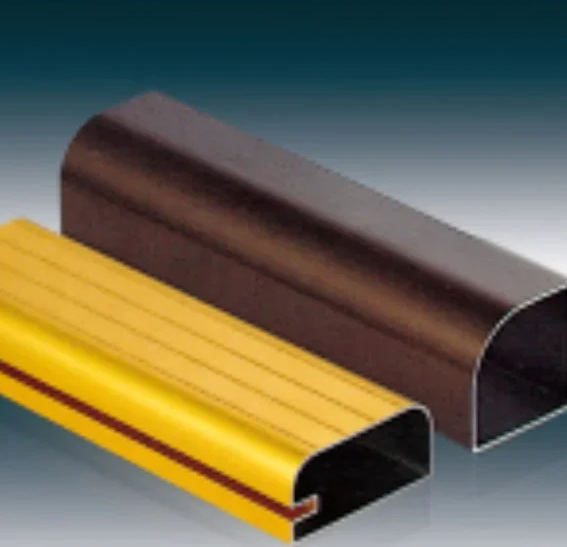Maintaining proper oil pressure is crucial for the smooth operation and longevity of an engine. However, it can be perplexing when the oil pressure gauge indicates low pressure while the oil level appears to be adequate. In this comprehensive blog post, we will delve into the possible reasons behind this puzzling phenomenon and provide practical insights to help you diagnose and address the issue effectively.
- Understanding Oil Pressure:
To comprehend why your oil pressure may be low despite a normal oil level, it is essential to grasp the fundamentals of oil pressure. Oil pressure is the force exerted by the oil as it circulates through the engine, ensuring lubrication and cooling. It is measured in pounds per square inch (psi) and varies depending on engine speed, temperature, and oil viscosity. - Potential Causes of Low Oil Pressure:
2.1. Oil Pump Malfunction:
A faulty oil pump can lead to reduced oil pressure. The pump may suffer from worn-out gears, a clogged pickup screen, or a damaged relief valve. These issues can impede the pump's ability to circulate oil effectively, resulting in low oil pressure.
2.2. Oil Viscosity:
Oil viscosity refers to its thickness or resistance to flow. If the oil used is too thin (low viscosity), it may struggle to maintain adequate pressure. Conversely, using oil with a higher viscosity than recommended can also lead to low oil pressure due to increased resistance.
2.3. Oil Filter Blockage:
A clogged or dirty oil filter can restrict the flow of oil, causing a drop in oil pressure. Over time, debris, sludge, or contaminants can accumulate in the filter, hindering the oil's passage and compromising pressure levels.
2.4. Worn Engine Bearings:
Engine bearings provide a smooth surface for the rotating crankshaft to ride on. Over time, these bearings can wear out, leading to increased clearance between the crankshaft and bearings. This clearance allows oil to escape more easily, resulting in lower oil pressure.
- Diagnostic Steps:
To pinpoint the exact cause of low oil pressure, follow these diagnostic steps:
3.1. Check Oil Pressure Gauge Accuracy:
Ensure that the oil pressure gauge is functioning correctly by comparing its readings with a reliable external pressure gauge. Faulty gauges can provide inaccurate readings, misleading you into believing there is a problem when there isn't.
3.2. Inspect Oil Pump and Pickup Screen:
If the gauge readings remain low, inspect the oil pump for signs of damage or wear. Additionally, examine the pickup screen for any blockages that may be impeding oil flow. Cleaning or replacing the pump and screen may be necessary.
3.3. Evaluate Oil Viscosity and Quality:
Verify that the oil being used meets the manufacturer's recommended viscosity and quality standards. Consider changing the oil to a different viscosity grade if necessary, ensuring it is suitable for your engine and operating conditions.
3.4. Examine the Oil Filter:
Inspect the oil filter for clogs or contaminants. If necessary, replace the filter and monitor the oil pressure to determine if the issue persists.
3.5. Assess Engine Bearings:
If all previous steps yield no improvement, it may be necessary to inspect the engine bearings. Worn bearings will require replacement to restore proper oil pressure.
Conclusion:
Experiencing low oil pressure despite a sufficient oil level can be a perplexing situation. By understanding the potential causes and following the diagnostic steps outlined in this article, you can effectively troubleshoot and resolve the issue. Remember, maintaining optimal oil pressure is vital for the health and performance of your engine, so timely action is crucial. Stay vigilant, and ensure your engine's longevity by addressing low oil pressure promptly.



